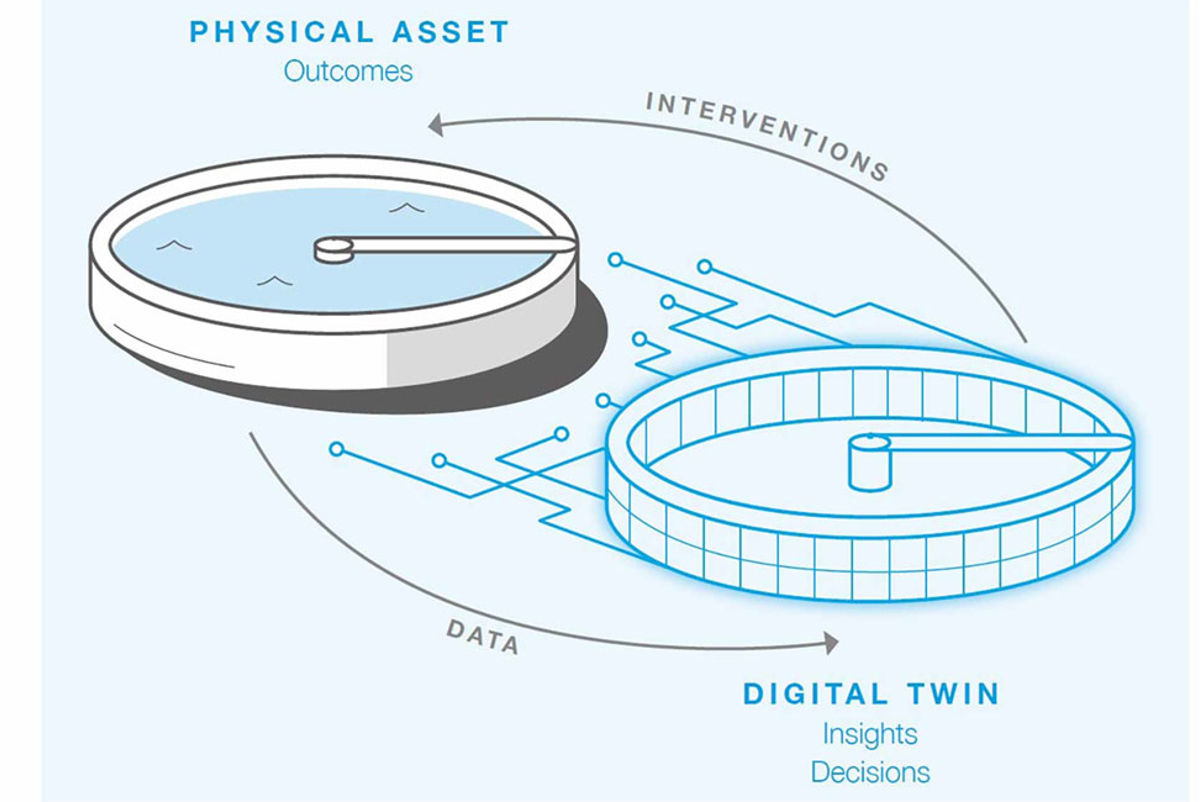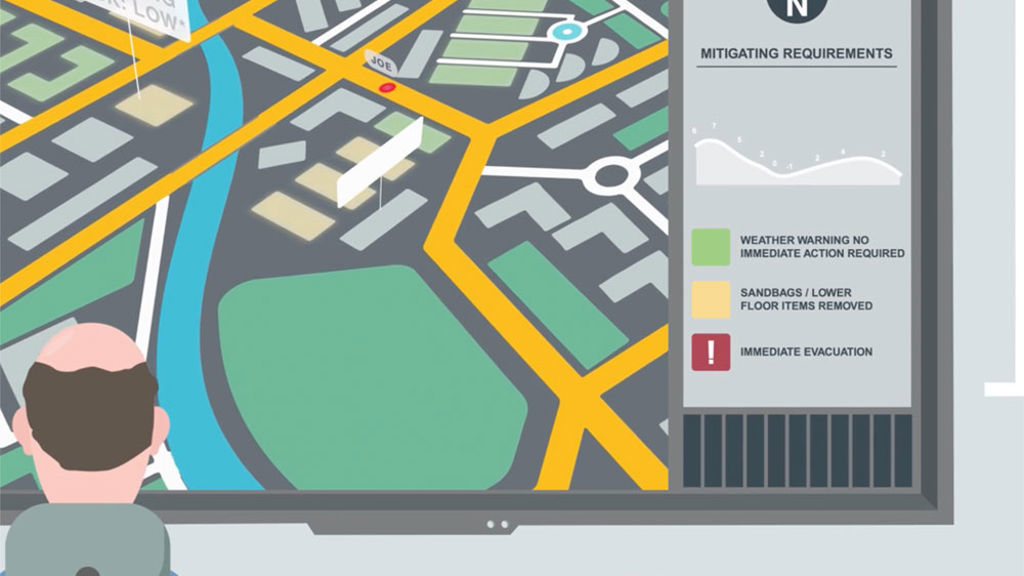Digital twin: managing real flood risks in a virtual world
Better intelligence through machine learning and digital twins are the main way water utilities will ensure regulatory compliance in terms of sewer flooding, managing pollution and network capacity.

Too often, when our towns and cities are suddenly hit by ‘unexpected’ events, such as flooding from excessive rainfall, storm surges or the failure of ageing assets to cope with increased pressures, we react only to solve the present issue. The reality is that most of such events are not truly ‘unexpected’. In many cases they are predictable, we just fail to plan and prepare.
To take a specific example – sewer flooding is an increasingly common risk in the UK. In 2019, there were over 3,250 internal sewer flooding events in England and Wales, and almost 23,500 external flooding events of private land and gardens. Customers find internal sewer flooding incidents distressing, with the majority, who have been flooded, afraid to leave their homes for long periods of time, in case a flooding event occurs. So if we know the problem is present and growing, what can we do to plan a better response?
Modelling risk in real time
Digital twins are a great way to bring new pre-emptive management and operation to any building or asset, and the technology is also a great fit for water infrastructure.
A digital twin is simply a data-driven digital representation of assets, processes or systems in the built or natural environment. A twin can provide an evolving picture of an asset’s current performance and weaknesses, and help identify where investment needs to be prioritised.
Importantly they’re more than just models or visualisations. They convert data from physical assets into valuable insights that can help operators to make strategic decisions and interventions, improve operations and help shape future plans and projects.

This level of intelligence and control is long overdue in the context of complex sewer systems, giving the near time ‘what is happening now’ situation and combining it powerfully with the ‘what if’ simulations and scenario planning, to explore how different performance characteristics affect components. This can all be done without having to either physically test or produce potentially dangerous conditions, ensuring we are collectively better prepared. These are all capabilities our ageing sewerage systems would benefit from.
A water system that learns (and predicts)
Water utilities spend millions around the world reacting to sewer flooding events which damage the environment and impact negatively on their customers. Currently they act as and when events occur and manage their network using large, complex hydraulic models. These are often constrained by computing resources and cannot run in real-time to provide usable predictions on the location and frequency of flooding events.
Digital twins allow users to make data-driven predictions powered by machine learning (ML). A digital twin we’ve been developing uses ML to understand and learn from the behaviour of a specific system and predict the location of future flooding or pollution. Using sensors throughout the catchment, our bespoke algorithm learns the behaviours of each sensor, the relationships between the sensors and how the weather impacts them. Our algorithm trains a bespoke set of ML models that is optimised for every sensor. Ultimately this allows network operators to act pre-emptively, leading to reduced operational costs and greater efficiency.

A network needs shared data
As tools, digital twins work best when built on open, shared data standards, enabling as wide a range of information sources as possible to be interconnected within the system, allowing it to talk to other parts of an operator’s infrastructure. That’s one reason why we support the Centre for Digital Built Britain (CDBB) National Digital Twin programme and have adopted their Gemini Principles when developing digital twins. These principles enable alignment on the approach to information management across the built environment, establishing agreed definitions and principles from the outset, making it easier to share data in the future. So, by developing a digital twin in this way you can also drive better, more interoperable use of data within your organisation – another core benefit.
Ready for greater demand
The UK water sector in particular is investing heavily in smarter infrastructure. In the next Asset Management Plan period (AMP7), company business plans will benefit from a combined investment of £51 billion to improve services, £13bn of which is allocated towards providing resilient services and improved environmental performance. Large capital investments in infrastructure will only be considered where it is part of a clear long-term strategy with the main focus towards maintenance and smarter use of assets, emphasising demand management without stifling growth.
Digital twins will help utilities to meet these requirements, particularly the operation of sewer networks. Better intelligence is the main way water utilities will ensure regulatory compliance in terms of sewer flooding, managing pollution and network capacity to meet ever-increasing usage demands.
This is not just a UK issue. Worldwide, ageing infrastructure remains a key challenge, combined with population growth and climate change. Rapid improvements in communication technology, lower costs of sensors and data storage, and advanced data analytics will see a shift from building infrastructure to managing capacity through a digital twin.
Get in touch with our team





